At no point during his illustrious 19-year career was Floyd Mayweather the subject of as many headlines as he was this past year. We can attribute much of the attention to his “Fight of the Century” with Manny Pacquiao, his amazing (now) 49-0 record, his apparent retirement, and even a public verbal battle with UFC Champion Ronda Rousey. But another big story surfaced this past year. The details mirrored something we’ve seen time and again in the era of modern sports. The year’s highest-profile athlete was being accused of using performance-enhancing drugs. Once again, one of the sport’s most exciting careers was being called into question. Let’s review some of the details and dissect this recent “scandal”.
Dan Rafael, ESPN’s primary boxing reporter, wrote an article claiming that before the Manny Pacquiao fight, Floyd Mayweather used a WADA-banned IV (4). The following days saw headlines claiming this scandal would overshadow Mayweather’s fight that weekend, discredit his victory earlier in the year over Manny Pacquiao, and even taint his entire career. By fight night, however, the entire situation seemed to have blown over. It appeared the “IV Scandal” was nothing more than a misunderstanding. Far from a case of performance-enhancing drug use, Mayweather had been given saline solutions and vitamins to ensure his hydration (2). This intended use had been disclosed prior to the fight, and though not approved until later, was deemed legitimate. The United States Anti Doping Agency clarified that no rules had been broken. In a statement, the agency referred to what it called “numerous unfounded and false accusations”, saying they were either a “genuine misunderstanding of the facts or an intentional desire to mislead (2)”.
Why use an IV? It all has to do with the basic practices of the sport. In modern boxing, athletes are routinely dehydrated in order to make a weight class. With weigh-ins being the night before the bout, it is common for an athlete to make a lighter weight class, and then weigh ten to twenty pounds heavier on the night of the fight, once properly rehydrated. It is viewed as critical that an athlete about to take part in such a grueling event ensures they are properly hydrated, not just for peak performance during the fight, but for their very health. At the professional level, sometimes the dehydration practices are a bit extreme, and more than a sports drink is used for rehydration.
At the highest level of sports, it becomes as much science as an art. In the sport of boxing, known as the “sweet science”, athletes routinely employ strength and conditioning coaches to help them achieve their best physical form. These coaches, ever more frequently, are the ones in charge of getting their fighter to “make weight”, with techniques new and old. Controversial strength and conditioning coach Alex Ariza has been employed by both Floyd Mayweather for recent fights, and Manny Pacquiao during his meteoric rise to the top of 8 different weight classes (3). Angel Heredia, another polarizing strength and conditioning coach in the boxing scene as of late, was tied to the BALCO scandal back in 2002. He was able to avoid prison time by testifying against some of the track coaches he had helped acquire PED’s (1). An athlete associating with or even working with these performance-enhancing gurus is hardly a crime though. Typically, the same trainers know how to push the limits, and are also well respected for their knowledge of natural supplementation and advanced scientific training techniques.
There is certainly merit in attempting to create a level playing field for all athletes. However, the task is becoming more and more of an undertaking as the science of human performance evolves. In the eyes of the general public, the modern field of sport has become marred by a constant back and forth between doping technologies and testing officials. For many, it has called into question all great performances, and the careers of many of the world’s finest athletes. Of course, in a day and age where many people get their news scrolling FaceBook, attention-grabbing headlines are read far more often than the articles themselves. Sometimes the headlines have merit. This, however, seems to be a case where a “misunderstanding” has gotten far out of hand.
References:
- Assael, Shaun. I’m not doing anything illegal. November 18, 2013. ESPN.
- Associated Press. Mayweather, USADA dispute report of IV doping. September 10, 2015.
- Pugmire, Lance. Alex Ariza stirs Floyd Mayweather Jr.Manny Pacquiao divide. September 15, 2015. LA Times.
- Rafael, Dan. Report: Floyd Mayweather used WADA banned IV before Manny Pacquiao fight. September 9, 2015. ESPN.

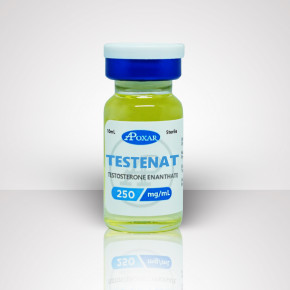
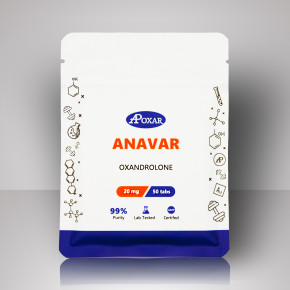
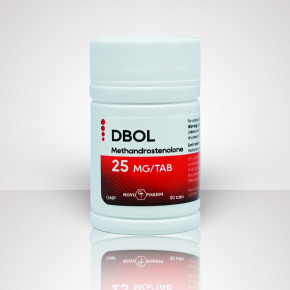
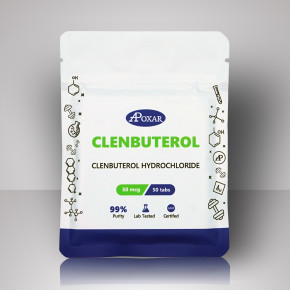
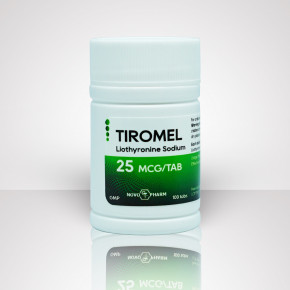
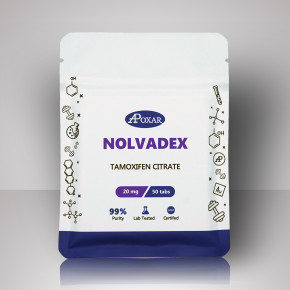
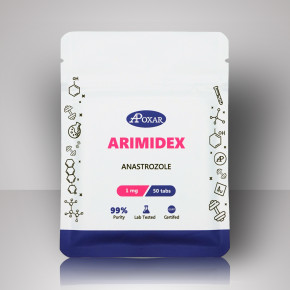
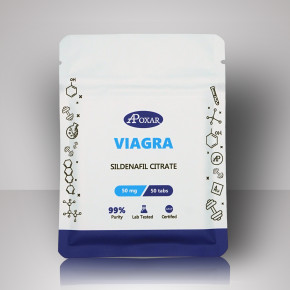
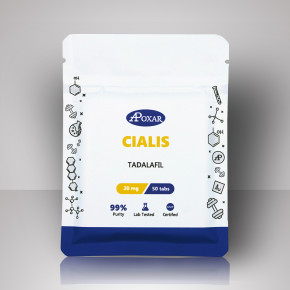
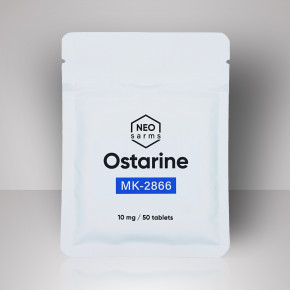
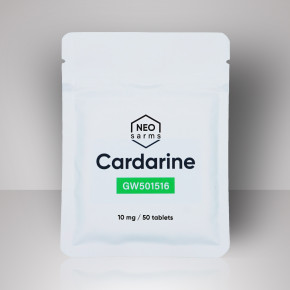

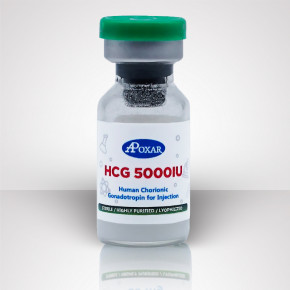
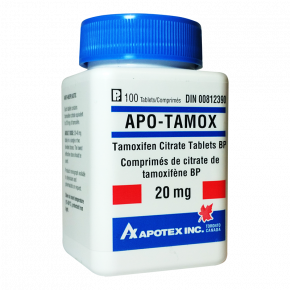
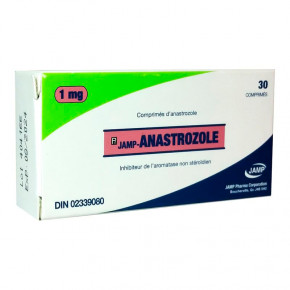
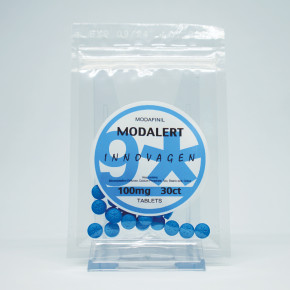
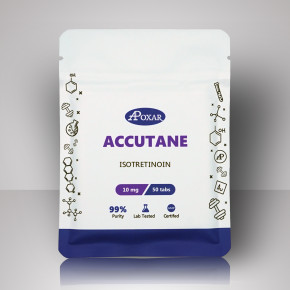
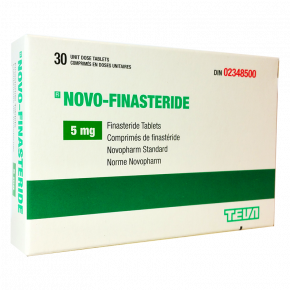
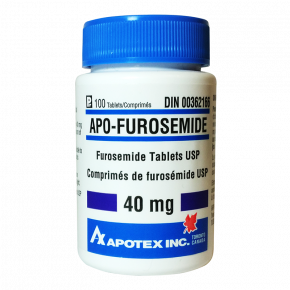



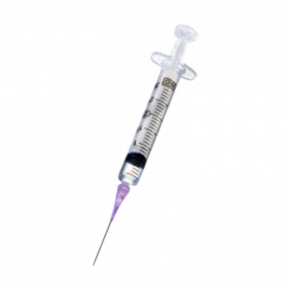
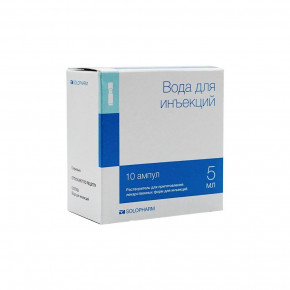

 Proudly Serving Canadians Since 2012
Proudly Serving Canadians Since 2012